Direct democracy makes a spectacular comeback
25.11.2020 – Theodora Peter
After a hiatus of more than seven months, Swiss voters returned to the ballot box in their droves on 27 September. At close to 60 per cent, turnout at the polls was much higher than average.
The vote on replacing Switzerland’s current fleet of fighter jets was a real cliffhanger. Photo: Keystone
The outbreak of the COVID-19 pandemic brought Switzerland’s quintessential system of direct democracy to a standstill last spring, when the Federal Council postponed the votes of 17 May until autumn. On 27 September (or “super Sunday”), the electorate finally came out in force to vote on as many as five controversial proposals – including the limitation initiative, the revised Swiss Hunting Act, and the purchase of new fighter jets (see below for an overview of the results). Depending on the issue, 59.1 to 59.4 per cent of voters took part in the federal vote – the fifth-highest turnout since the introduction of women’s suffrage in 1971.
Only the votes in February 2016 attracted a similar turnout (63 per cent) in recent times. The SVP’s “implementation initiative” was one of the proposals back then. James Schwarzenbach’s 1974 “excess of foreigners” initiative and the 1989 initiative to abolish the armed forces attracted even more voters (70 per cent).
However, the EEA vote of 1992 easily holds the voting record. A whopping 78.7 per cent of the electorate turned out, of whom 50.3 per cent narrowly voted against Switzerland joining the European Economic Area. This vote marked the beginning of Switzerland’s bilateral relationship with the EU. The electorate have cemented this relationship several times since – most recently on the aforementioned “super Sunday” of 27 September, when they emphatically rejected the SVP’s limitation initiative. (Continue reading)
Proposal for new fighter jets almost shot down
A wafer-thin majority (50.1 per cent) in favour of the purchase of new fighter jets for the Swiss armed forces caused more than a few raised eyebrows, a mere 8,670 votes having made the difference. Commentators wondered whether this tight result might have gone the other way had all the Swiss Abroad received their voting papers in time. According to a dissection of the vote by the gfs.bern research institute, Switzerland’s expatriate population were much less inclined to support the procurement of new fighter jets, with 56 per cent of Swiss Abroad rejecting the proposal.
Overview of all the 27 September voting results
- No to the “limitation initiative”: Switzerland will not be terminating the Swiss-EU Agreement on the free movement of persons. The SVP’s “For moderate immigration” initiative was decisively rejected by 61.7 per cent of voters.
- No to the Swiss Hunting Act: There will be no relaxation of the legislation protecting wolves and other animals. The proposed revision of the Swiss Hunting Act, which would have allowed controlled hunting to regulate animal populations, was rejected by 51.9 per cent of voters. Animal welfare and nature conservation organisations forced the referendum in the first place.
- No to an increase in tax breaks for childcare: The general childcare deduction on taxable income will not be increased. The proposal, which the SP had denounced as a “tax bonus for wealthy families”, was emphatically rejected by 63.2 per cent of voters. It would have resulted in an annual tax shortfall of 380 million Swiss francs.
- Yes to paternity leave: In future, fathers will receive two weeks’ paid leave after the birth of their child. A clear majority of 60.3 per cent voted in favour, thereby accepting parliament’s compromise counterproposal to the original popular initiative, which called for four weeks of statutory paternity leave but was ultimately withdrawn.
- Yes to fighter jets: The Federal Council now has the green light to procure new fighter jets for an outlay of six billion francs over the coming years – thanks to a razor-thin yes vote of 50.1 per cent. The new jets should be ready to take off from 2030 or thereabouts. No one knows yet what the actual aircraft model will be. This is likely to provoke further debate.
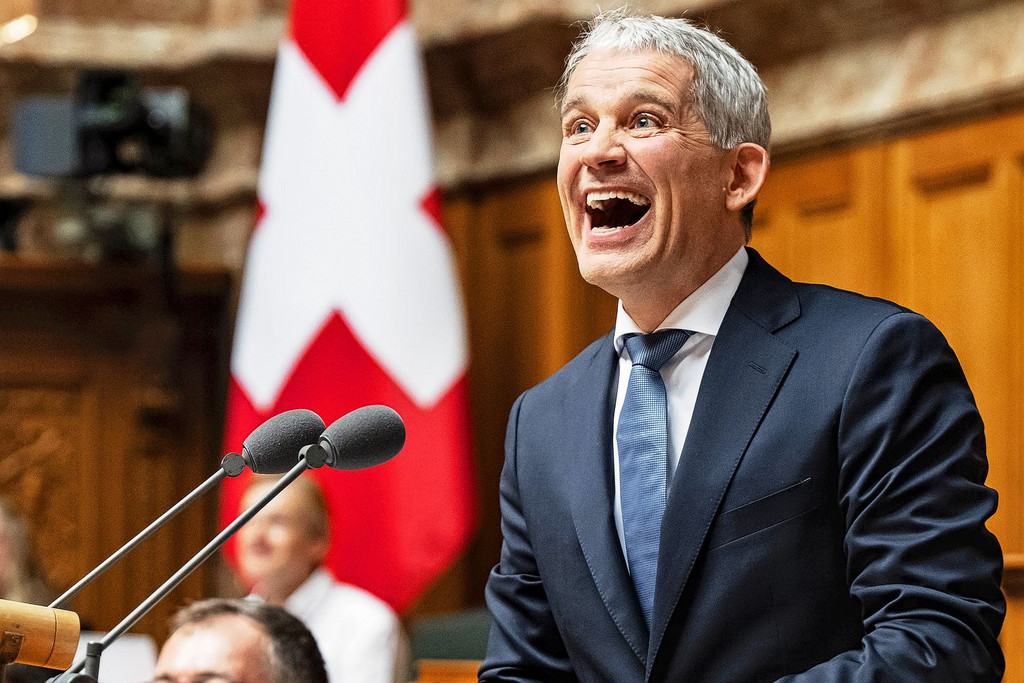
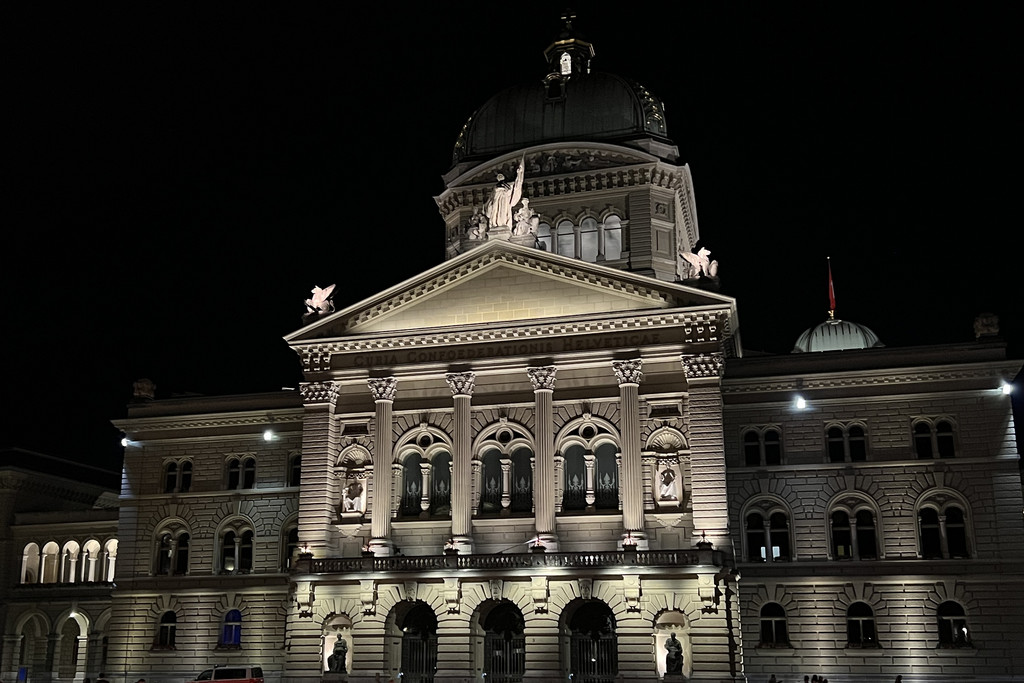

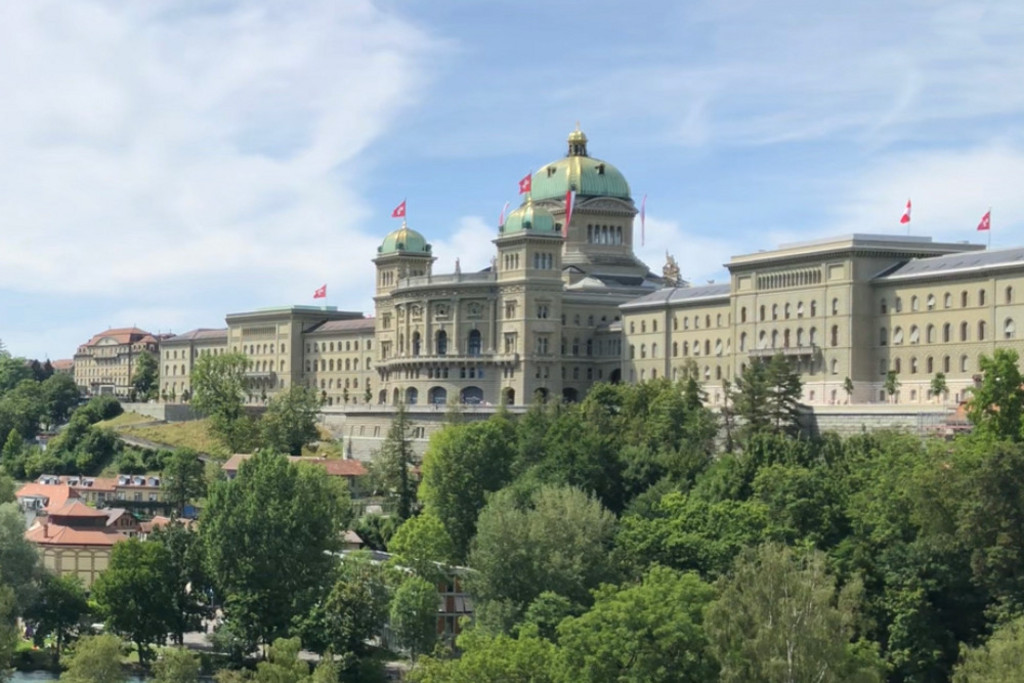
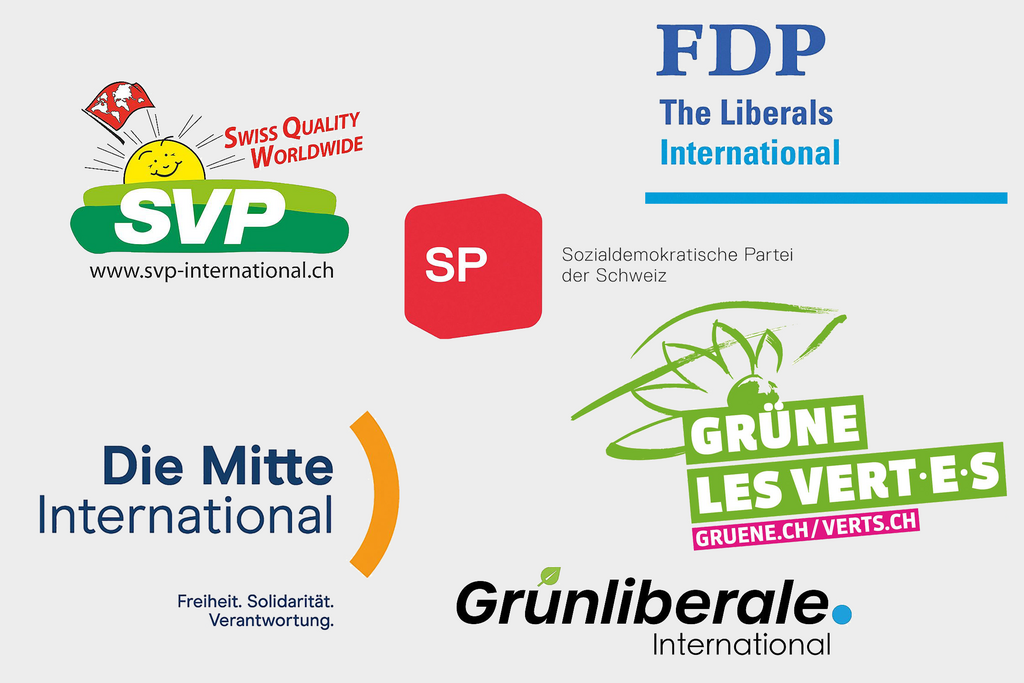
![[Translate to en:]](/fileadmin/_processed_/d/2/csm_Revue_202204_Huehnerfarm_SH-Reportage_3074_7901ca94df.jpg)
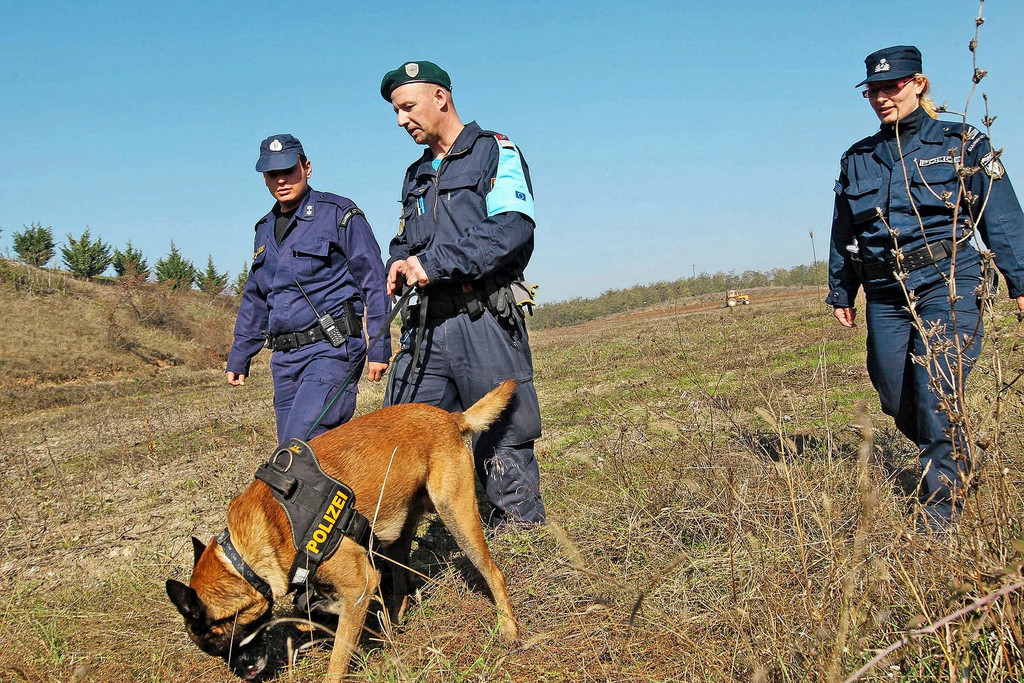



Comments
Comments :